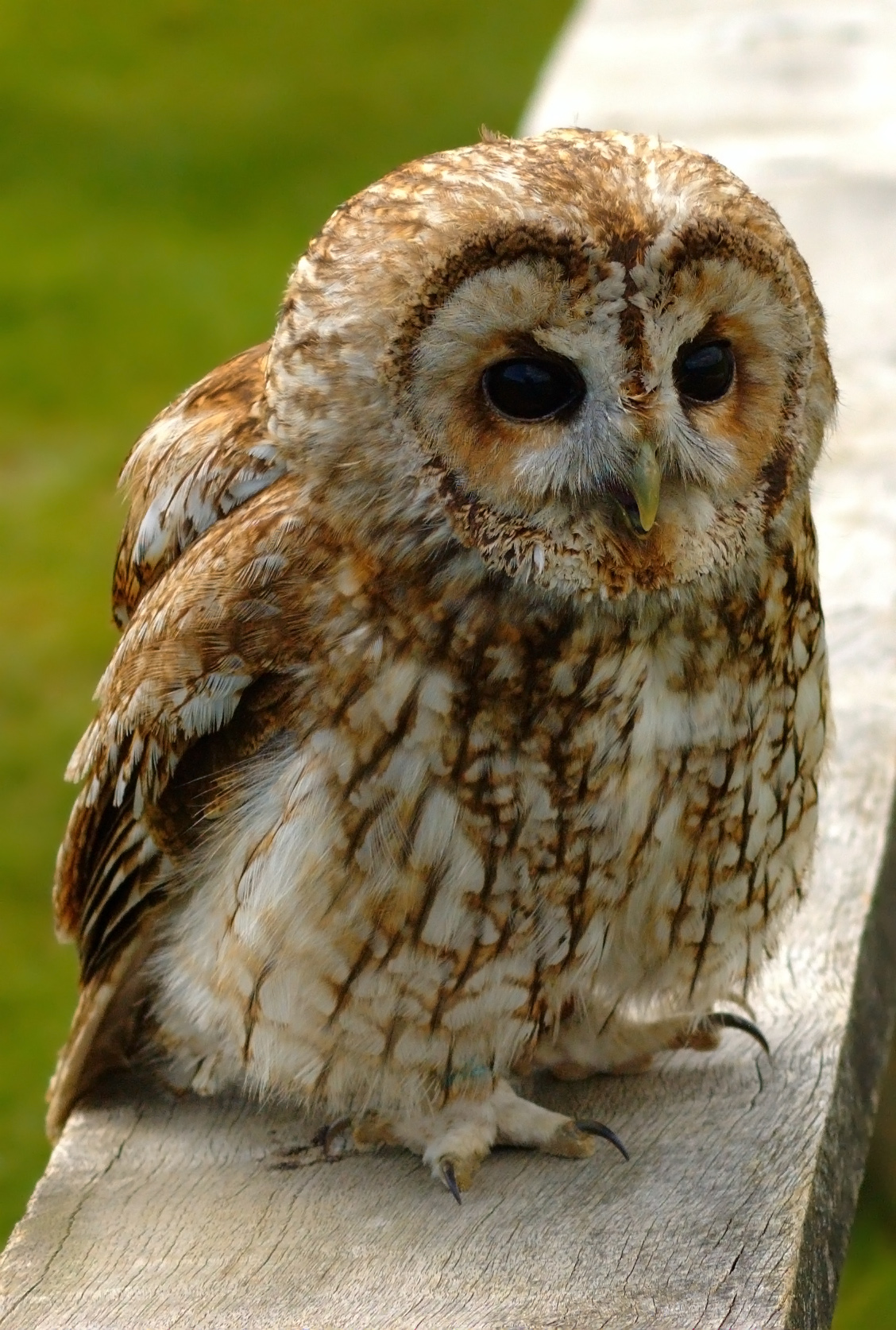.

Tawny Owl (Strix oluco): photo by K.-M. Hansche, 2006
Only when darkness falls does the owl of Minerva take
flight. Only when darkness covers everything can weary eyes
bear the light.
And to embrace without recognition
what may remain hidden?
Dusk, then night. The glaucous eyed one
unforgetful, waiting
in patient concealment
to separate the soul of the prey
from the body.
flight. Only when darkness covers everything can weary eyes
bear the light.
And to embrace without recognition
what may remain hidden?
Dusk, then night. The glaucous eyed one
unforgetful, waiting
in patient concealment
to separate the soul of the prey
from the body.

Triumph of the Virtues: Minerva expelling the Vices from the Garden of Virtue: Andrea Mantegna, 1502 (Musée du Louvre, Paris)



6 comments:
Tom
your poems have helped bring me ever closer to THE CONFUCIAN ODES in that you identify so much of nature/natural worlds with such ancient clarity,a catalogue of the see-able. as for those POPES, I was just in Venice/Verona/Mantua visiting the "remains" of Papal rule.
well, i got it no, no typos. even if I do work with
one eye only.
best, Neeli
Thanks again, Neeli.
Here's a quick trip to Pound's China, for you:
Ezra Pound: Separation on the River Kiang
Ezra Pound: Taking Leave of a Friend
Rising this morning, facing the owl’s direct stare, underneath the banner Concealment commands attention.
This is extremely fine. I think Mantegna would appreciate what you’ve brought to his painting, more it appears than Isabelle d’Este appreciated the painting itself. (I’m going to read up on this; I love the painting and am going to try to keep it in my thoughts where I really need it at the moment.)
“bear the light”; “Dusk, then night”.
I will be with this one for a long time.
Curtis,
Thanks for becoming this poem's ideal reader.
About Isabella, well.. she WAS said to be a bit vain (wouldn't any of us be, in her shoes), and notoriously difficult to please.. there's that story about her in her later years commissioning the Titian portrait, and then throwing a fit when the result made her "look old".
A terrible dilemma for court portraitists in those years, to lie or not to lie.
Henry Tudor sent Holbein to the continent to do a portrait of Anne of Cleves, and was sufficiently charmed by the results to order one up. An Anne of Cleves, that is.
And of course we all know that he was less than happy with the real thing, when it was delivered.
(Doubtless Anne of Cleves was not exactly thrilled with him, either.)
I am surprised Holbein came away from that with his head.
Anne, fortunately for her, escaped the situation more or less unharmed.
As for Titian's portrait of Isabella, he rescued the situation by re-doing it, making her look forty years younger.
"Oh, that's ME!" beamed a vindicated Isabella, upon first viewing.
You haven't lived until you hold one in your arms you know. Their eyes are compelling (what an understatement). Not birds and not cats...they are something else entirely.
I accidently hit one and brought the dying animal home in hopes that he was okay....a juvenile was all he was. Seemed to be doing okay for the first hour after the accident but he took one look up at my porch light as I stepped into the house and his head just fell forward and he died in my arms. I was heartbroken and blessed.
Thanks for the poem and the photo....well done.
Meg, that sounds like a beautiful -- and wrenching -- experience.
"Heartbroken and blessed"
would make a truthful title for the life diary of anybody who's ever really lived.
I've heard owls at night in a few places, not lately enough but memorable enough to not forget. Spooky, strange, also oddly consoling.
The eyes seem to go back forever, into some Other place we can never know about.
That must be where the wisdom part of the myth comes from.
(Minerva is the corollary or descendant of owl-eyed Athene.)
Post a Comment